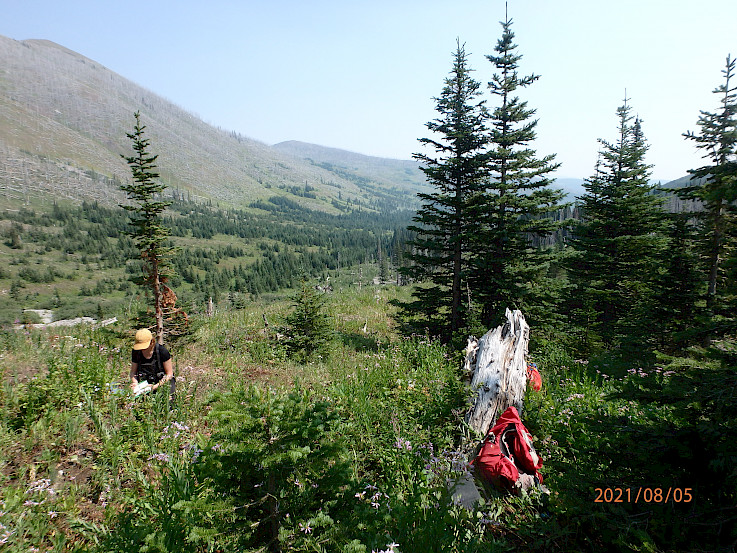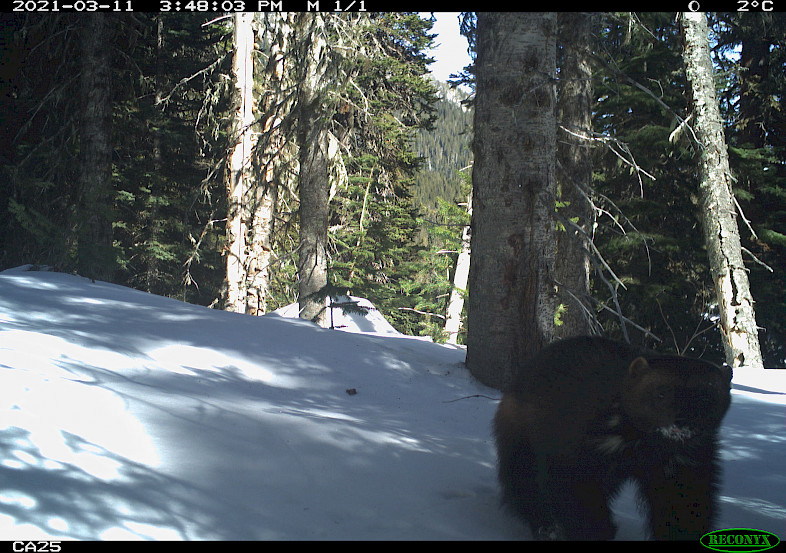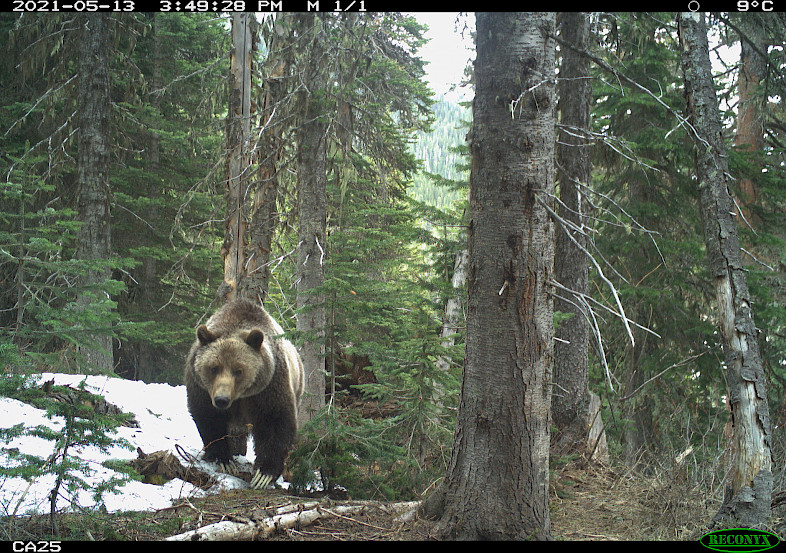Recreation activities across a wide spectrum (e.g. hiking to ATV use) are known to disrupt wildlife habitat use in varying ways. The frequency and intensity of use may lead, in practice, to a degradation of habitat for animals sensitive to the presence of humans. Better understanding the impacts of recreation activity on animal behaviour, habitat use, and activity patterns can help inform responsible land use and land use planning while balancing the needs of multiple land users in an area.

InnoTech Alberta is partnering with the WildCo lab at the University of British Columbia to compare responses of focal large mammal species (e.g., deer, moose, elk, bear) in two areas of western Alberta (Bighorn and Castle) with differing land management regimes. The Bighorn Backcountry is an area of public lands east of Jasper and Banff National Parks. It is divided into six public land use zones (PLUZ) with differing regulatory management of recreation activity. The Castle area includes both the Castle Wildlife Provincial Park and the Castle Provincial Park, which manage recreation activity differently than the Bighorn. Most locations were within these protected areas. These two areas provide us with a great opportunity to compare the relative relationships between wildlife and recreation activity.

We are using remote camera images collected at two grids first deployed in these areas in Fall 2019 (Bighorn) and Fall 2020 (Castle). Cameras were refreshed in Summer 2021 to allow for another year of data collection for both grids. The images collected will be used to compare density of focal mammal species both over the length of deployments and between the two grids. Further modelling will focus on between- and within-landscape variation in relative abundances, local habitat use, activity patterns (e.g. time of day), and interactions (e.g. avoidance-attraction). We will test for the presence of threshold responses by wildlife to recreation levels.

The intent is to provide the outcomes of this project to land managers and decision-makers to help inform their approaches and identify key knowledge gaps for priority action. Alberta Innovates and the Government of Alberta are funders of this project and have been integral in determining the scope of this work and supporting understanding of the potential applications.
Written by Emily Herdman, InnoTech Alberta